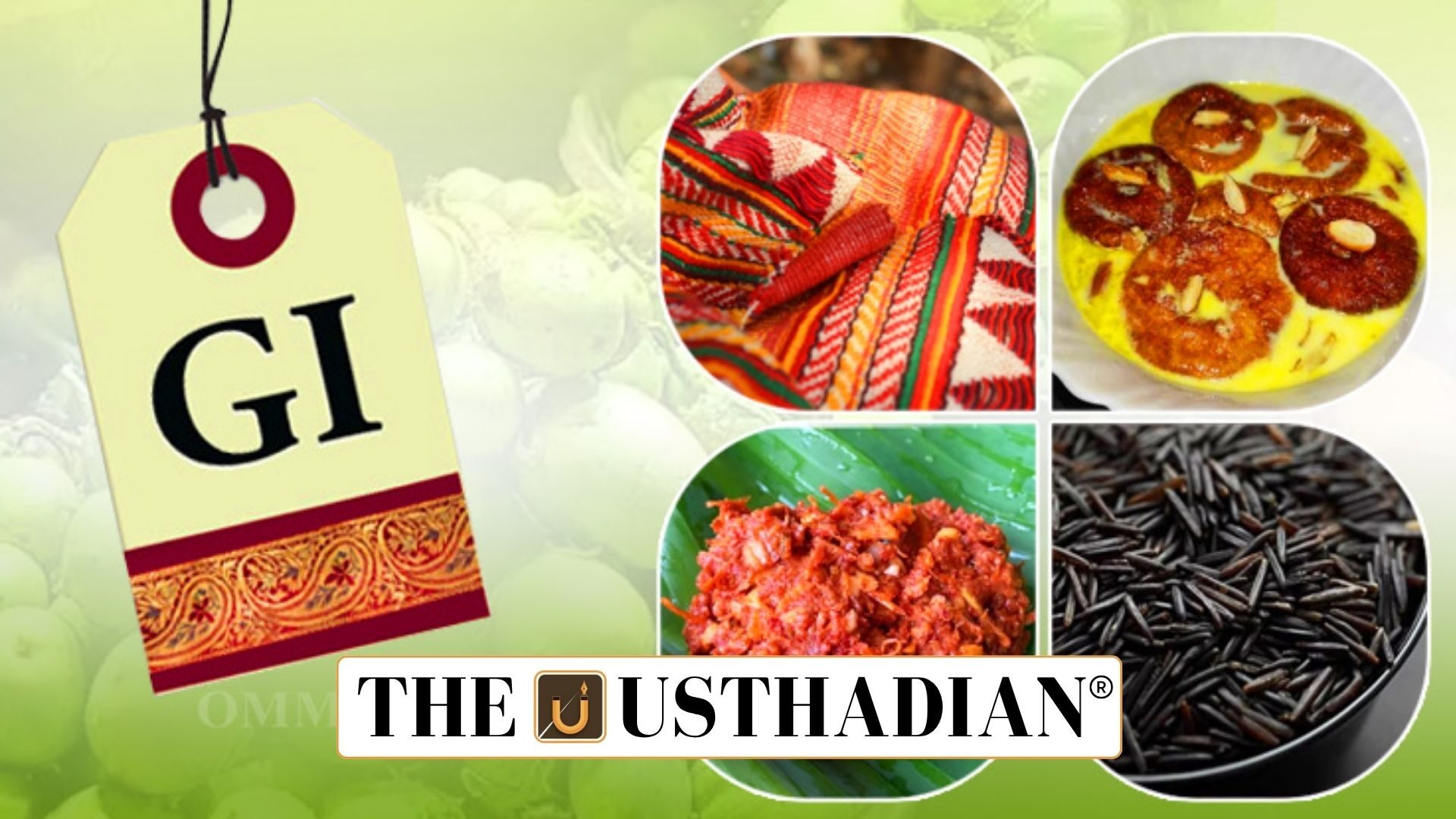Expanding GI Registration Support
GI Tagged Indian Textiles Driving Heritage and Artisan Growth: The Ministry of Textiles is actively facilitating the registration of handloom and handicraft products under the Geographical Indications of Goods (Registration & Protection) Act, 1999. This provides legal safeguards against counterfeiting, misuse, and unauthorized marketing.
Under Handloom Marketing Assistance (HMA) and the National Handloom Development Programme (NHDP), financial aid of ₹1.50 lakh is allocated for registering designs or products, and another ₹1.50 lakh for training personnel of implementing agencies to strengthen GI enforcement.
Static GK fact: The first GI tag in India was granted in 2004 to Darjeeling Tea.
Enhancing Artisan Awareness
Awareness-building is a core focus, with funds provided for seminars, workshops, and campaigns to educate artisans on GI rights. To date, 106 handloom products, 6 product logos, and 227 handicraft products have secured GI registration in India, reflecting the country’s rich cultural diversity.
Strengthening Domestic and Global Outreach
Promotion goes beyond registration. The Development Commissioner (Handloom) and Development Commissioner (Handicrafts) organize exhibitions, participate in craft melas, and host events like “GI & Beyond: Virasat se Vikas Tak” to showcase cultural heritage. These initiatives link artisans directly with buyers, increasing market access and income potential.
Static GK fact: Dilli Haat, New Delhi, is a major venue for showcasing and selling GI products from across India.
Focus on the Silk Sector
The Central Silk Board implements Silk Samagra-2 to support states in boosting silk production and marketing GI-tagged varieties. Banarasi silk, Kanchipuram silk, and Muga silk are among the notable protected products, securing both domestic and global recognition.
Static GK fact: Muga silk is native to Assam and is known for its natural golden color and durability.
Ensuring Legal Protection
The GI Act grants exclusive rights to registered users, enabling legal action against infringements. States provide ₹1.50 lakh or actual costs for litigation, enforcement, and standardization. This framework ensures authenticity, quality control, and fair artisan benefits.
Safeguarding Culture and Livelihood
Promoting GI-tagged textiles protects centuries-old craftsmanship while enabling artisans to gain sustainable livelihoods. The approach combines heritage preservation, economic empowerment, and international branding, strengthening India’s identity in the global textile market.
Static Usthadian Current Affairs Table
GI Tagged Indian Textiles Driving Heritage and Artisan Growth:
| Fact | Detail |
| GI Act Year | 1999 |
| First GI tag in India | Darjeeling Tea (2004) |
| GI handloom products registered | 106 |
| GI handicraft products registered | 227 |
| Silk sector scheme | Silk Samagra-2 |
| Financial aid for GI registration | ₹1.50 lakh |
| Awareness initiatives | Seminars, workshops, campaigns |
| Silk varieties with GI tag | Banarasi, Kanchipuram, Muga |
| Venue for GI promotion | Dilli Haat, New Delhi |
| Implementing ministries | Ministry of Textiles, Central Silk Board |








